Most Popular
Hello Hangeul
-
1
Welding book first in vocational Korean series for foreign labor
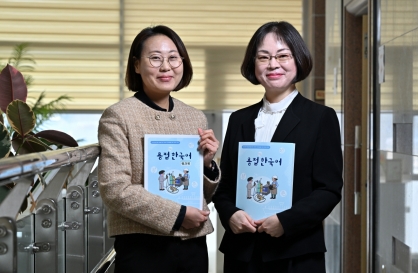
-
2
[Korea Beyond Korea] In Sao Paulo, horizons expand for Korean studies
![[Korea Beyond Korea] In Sao Paulo, horizons expand for Korean studies](//res.heraldm.com/phpwas/restmb_idxmake.php?idx=644&simg=/content/image/2023/11/20/20231120000619_0.jpg&u=20231206104853)
-
3
In Brasilia, worldly dreams are born from Korean classes
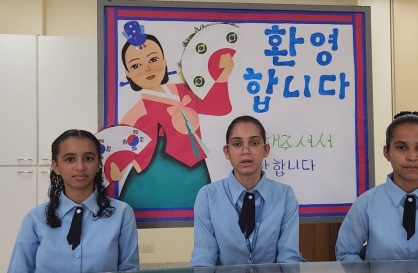
-
4
Americans seeking to visit Korea learn the language in LA
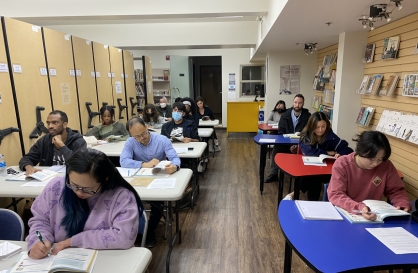
-
5
[Korea Beyond Korea] Berlin, Europe's Korean Studies hub, nurtures next-gen experts, scholars
![[Korea Beyond Korea] Berlin, Europe's Korean Studies hub, nurtures next-gen experts, scholars](//res.heraldm.com/phpwas/restmb_idxmake.php?idx=644&simg=/content/image/2023/10/18/20231018000929_0.jpg&u=20231023154735)
[Hello Hangeul] At 89, Lee works as patron of Hangeul across three continents
Wonam Foundation at forefront of globalization of Korean alphabet
By Kim So-hyunPublished : April 9, 2023 - 15:12
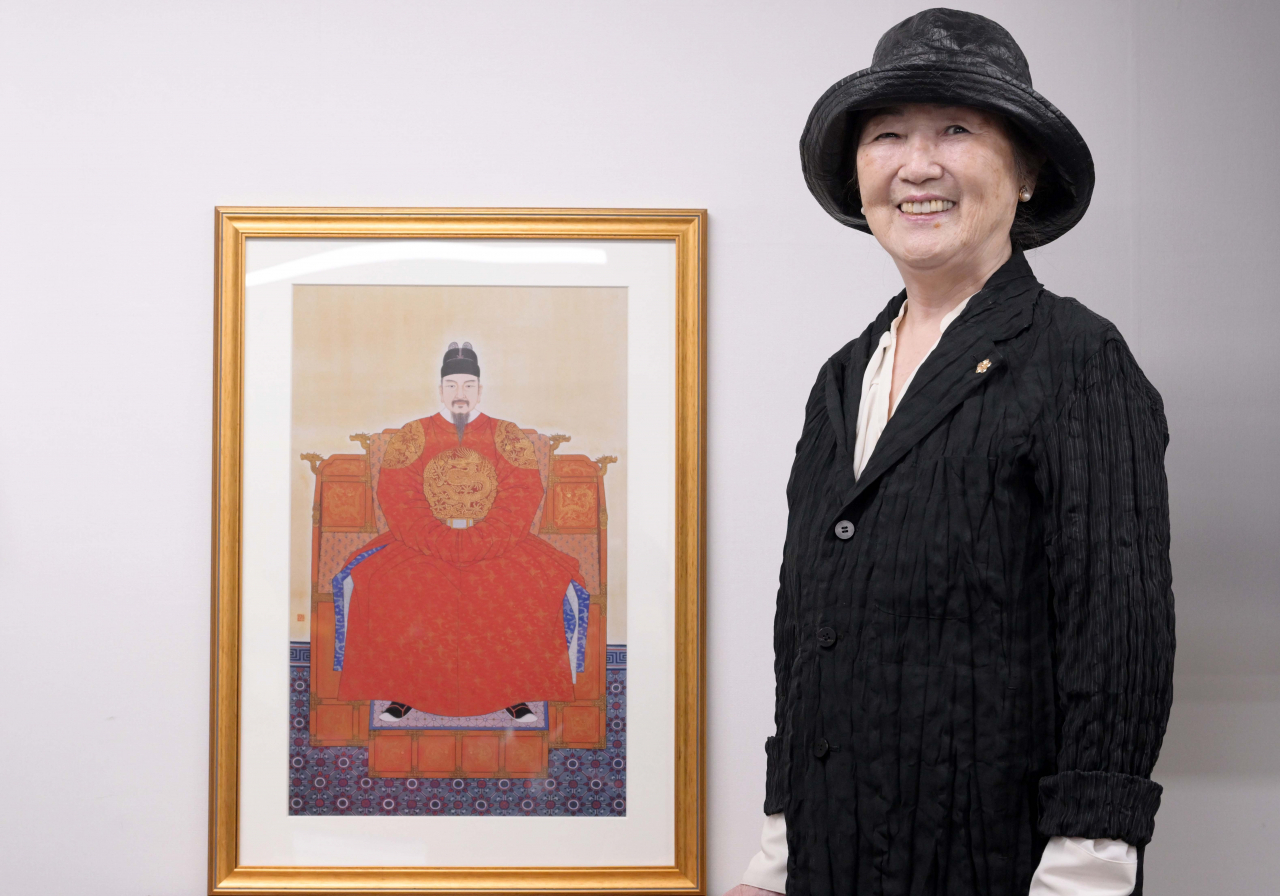
Lee Ki-nam learned Hangeul from her grandfather at age 4 or 5 in the late 1930s, but her knowledge of the Korean script was kept a secret outside her home for years. The country was a colony of Japan at that time, which banned the use of Korean and forced Koreans to adopt Japanese names.
“To me, Hangeul was the same as patriotism,” said the 89-year-old woman behind the propagation of the Korean alphabet overseas, including the Cia Cia project in Indonesia.
Korea’s liberation in 1945 from Japanese colonial rule “felt monumental because we could finally use Hangeul. In school, my classmates didn’t know it, so I taught them,” she said.
The fervor gradually faded until she met a professor from MIT in 1988 who was using a word processor.
Deeply impressed by the Macintosh-based software, Lee wanted to create a Korean version. She asked the professor for help and funded research to develop a Korean font. That led to the inception of Sinmyoung Systems, whose Hangeul fonts and computerized typesetting paved the way for the digitization of book and newspaper printing in Korea.
Lee made much of her money in real estate, however, as the value of the properties she bought and developed increased with Korea's rapid economic development.
Lee, who is the daughter of phonetician and educator Lee Kyu-dong, launched the Wonam Foundation, whose name was inspired by her father’s pen name, to share Hangeul with the world, and started looking for people who might need her help.
“I realized that Hunminjeongeum (another name for Hangeul) was a script fit for the digital era, and that to contribute to humanity, we should share it with people whose languages are on the verge of extinction due to the absence of a script,” Lee said.
“I was greatly moved by the Hangeul-based writing systems devised by missionaries and linguists in Nepal, Mongolia, Vietnam and China. If we read out loud their language written in Hangeul, they understood.”
Lee decided that an academic society devoted to Hunminjeongeum should be created.
Scholars were initially reluctant as the Korean Language Society already existed, but over the course of two years, Lee persuaded them and eventually they came around. Lee even helped them launch an international journal on writing systems called Scripta.
In 2007, the Hunmin jeongeum Society was launched with Lee as the founding board director. Just two years later, the academic organization created a Hangeul-based writing system for a language spoken by the Cia-Cia tribe -- about 70,000 people -- in Bau-Bau City on Buton Island, southeast of Sulawesi, Indonesia.
A Cia-Cia native was brought to Seoul National University to learn the script, and the Hunmin jeongeum Society sent a Korean teacher to teach it to the Cia-Cia people in Bau-Bau City. Hangeul-based Cia-Cia language textbooks were also made.
Lee’s Wonam Foundation set up a branch of the King Sejong Institute, the Korean government-backed language center, to teach the Korean language there.
Thousands of Cia-Cia students have learned Korean or Hangeul so far, and the Korean alphabet can be easily spotted on road signs or signboards in Bau-Bau.
To help conserve the Cia-Cia culture, the foundation also plans to build community spaces for the tribe where they can work on woodcraft, weaving and dyeing.
Korea’s famous architect Seung Hyo-sang recently visited the island to talk to the Cia-Cia people with the goal of designing a community village, according to Lee.
“The Cia-Cia have a splendid folk culture. With clean air and a beautiful natural environment, the island is like heaven on earth,” Lee said.
Lee, at age 89, still leads meetings and actively engages in the Wonam Foundation's work. Similar to the Cia-Cia project, there are others underway in two continents -- South America and Africa.
In 2015, a group of Korean linguists completed a Hangeul-based script for a language spoken by the Aymara people, a population of about 2.8 million living in western Bolivia, southern Peru and northern Chile. The project was completed over the course of three years, involving three rounds of on-site research and extensive analysis of the phonemes, lexicon and grammatical structure of Aymara.
Having continued to support the teaching of the Korean language through the King Sejong Institute in La Paz, Bolivia, Lee’s foundation plans to open Hunminjeongeum schools to teach the script in two locations -- Coroico and Omasuyos -- in the South American country next month.
Each school will have a classroom that can accommodate up to 50 students at a time, which will be open 24 hours a day for residents to use anytime.
Lee’s foundation has also supported developing a Hangeul-based writing system for a tribe of pygmies in Congo who showed interest in the script upon hearing about its use by the Cia-Cia.
"I hope businesses and the Korean people also work to globalize Hangeul to eradicate illiteracy for humanity," she said.







![[KH Explains] How should Korea adjust its trade defenses against Chinese EVs?](http://res.heraldm.com/phpwas/restmb_idxmake.php?idx=644&simg=/content/image/2024/04/15/20240415050562_0.jpg&u=20240415144419)





![[Korea Beyond Korea] In Sao Paulo, horizons expand for Korean studies](http://res.heraldm.com/phpwas/restmb_idxmake.php?idx=644&simg=/content/image/2023/11/20/20231120000619_0.jpg&u=20231206104853)


![[Korea Beyond Korea] Berlin, Europe's Korean Studies hub, nurtures next-gen experts, scholars](http://res.heraldm.com/phpwas/restmb_idxmake.php?idx=644&simg=/content/image/2023/10/18/20231018000929_0.jpg&u=20231023154735)

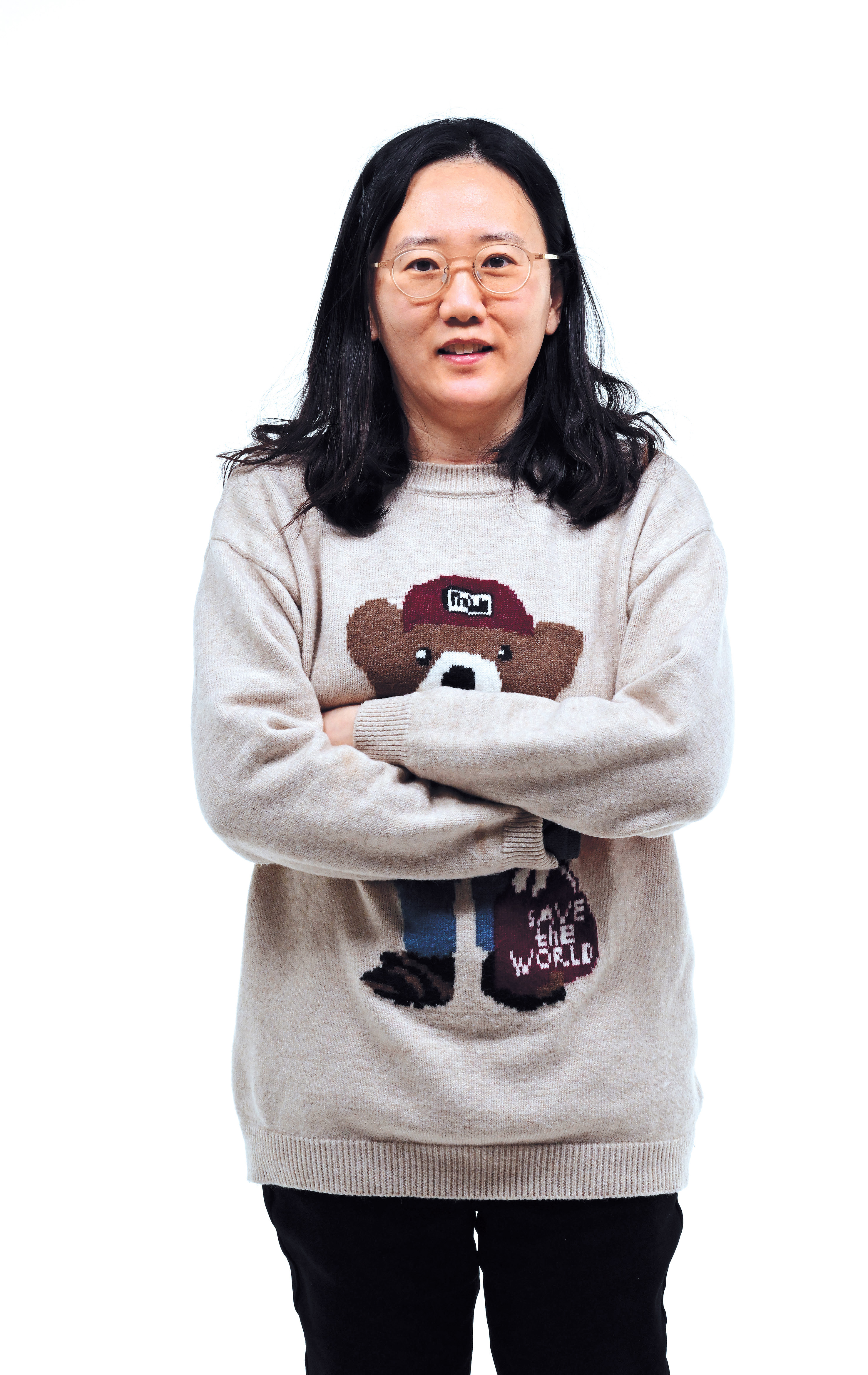





![[Today’s K-pop] Stray Kids to return soon: report](http://res.heraldm.com/phpwas/restmb_idxmake.php?idx=642&simg=/content/image/2024/04/16/20240416050713_0.jpg&u=)